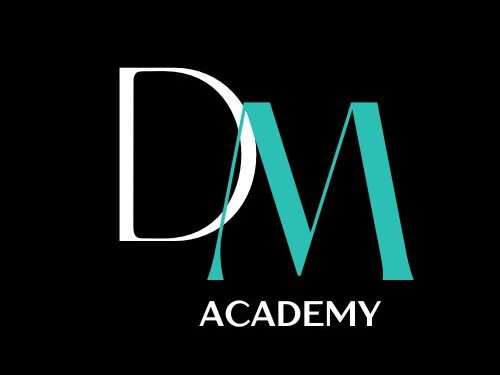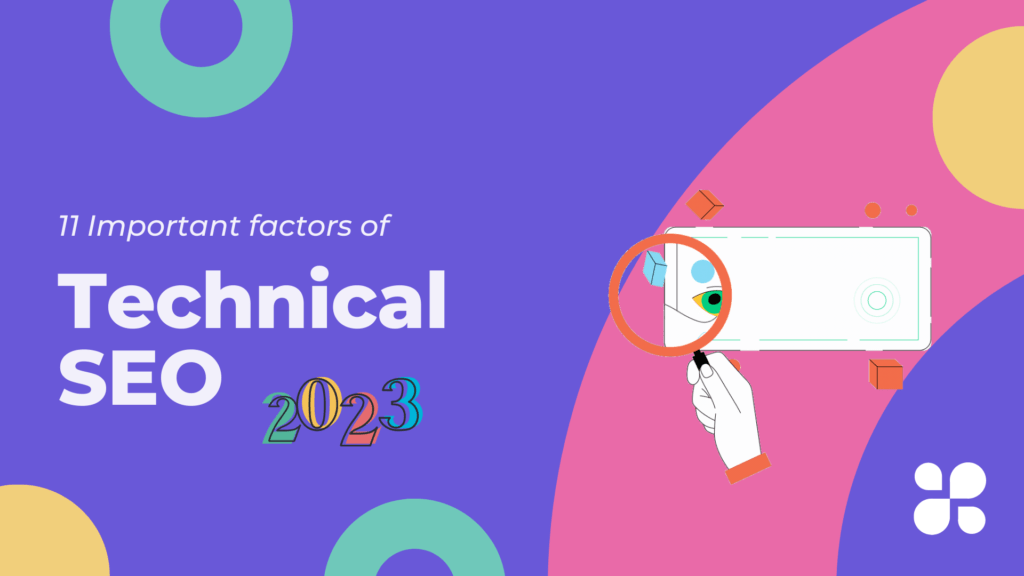Starting a website is easy, but optimizing it on SERP ranking and driving organic traffic is challenging.
When it comes to optimization, you need to focus on three kinds of SEO tactics:
-
- On-page SEO.
-
- Off-page SEO.
-
- Technical SEO.
On-page SEO
In On-page SEO techniques, We must focus on Title Tags, Headers, Meta descriptions, and Quality of content.
Off-page SEO
Off-page SEO is things we do outside of our page to optimize it. (i.e) Link building, content marketing, social media marketing, etc.
What is Technical SEO
Technical SEO refers to the process that optimizes the website for search engines and makes it easier for crawlers to index your site.
By submitting your sitemaps to the google search console you can invite crawlers to crawl and index your site.
Why is Technical SEO important?
You may outsmart in On-page SEO techniques, but creating tailor-made content with well-researched keywords is not only the factor in getting ranked on SERP. You may have SERP-optimized content on your website, but if your site is not Mobile-friendly design google will not rank your page.
Here the importance of technical SEO comes to play. Mobile responsive design and Page-speed are confirmed SEO ranking factors.
11 Important Technical SEO factors
-
- Secure Socket Layer (HTTPS).
-
- Avoid Duplicate Pages.
-
- Page speed.
-
- Mobile-friendly web design.
-
- Structured Data.
-
- Broken Pages.
-
- Core web-vitals.
-
- Breadcrumb menus.
-
- Robot.txt.
-
- Page depth.
-
- Canonical tag.
Secure Socket Layer (HTTPS)
HTTPS is more secure, which provides a secure connection between the server and the browser. If a user submits personal information like credit card numbers, a layer between the server and the browser secures the shared data. And the data is less likely to get hacked.
Nowadays, many website hosting sites provide free SSL certificates on their hosting plan, such as hostinger.
If you moved your site from HTTP to HTTPS, you have to redirect your HTTP site URL to the New secure URL. It will redirect all users who are using the HTTP version site to the New secure site.
Avoid Duplication Pages
Make sure crawlers can only access any one form among these two versions of the site:
-
- https//:example.com
-
- https//:www.example.com
If both versions are active it will lead to duplicate content issues, and its volatiles the effectiveness of your backlink.
Redirecting any of the versions to your main domain would solve this issue.
Page speed
The loading speed of a page is calculated between the time taken for a browser to request information from the server and to load it completely. According to the survey of Thinkwithgoogle, if your site load time takes up to 3 seconds it will increase your bounce rate by 32%.
Let’s take 100 people reaching your site because of site speed 32 people will immediately get out. You can use page speed insights to check your website performance on both mobile and desktop, It also gave suggestions that are needed to improve the performance of your website.
Mobile-friendly web design
Mobile-friendly designs are automatically adjusted for different screen sizes. According to the 99 firms report, Mobile data traffic around the world got increased by 700% (2016 – 2021), Which that if your website is not mobile responsive you are out of business.
A mobile responsive website is undoubtedly a ranking factor, As per Google’s Mobile-first indexing. To check if your website is mobile-friendly google provides a Mobile-friendly test tool.
Structured Data
Structured data is a standardized way to categorize and label the elements of a webpage. It’s not a clickable factor, but it helps the search bot easily understand the video, product, and reviews of a page for index and rank.
Other benefits we get from the structured data,
-
- You can control your brand presence in the search engine
-
- Stand out from the competitors by providing content in terms of views, events, products, and FAQs.
-
- Using your qualified content with inappropriate structured data helps us to get the highest CTR.
You can get the structured data from schema.org or JSON-LD.
Broken pages
A broken link that redirects to a page that currently doesn’t exist is known as a broken page. If a link landed on a broken page you could notice the error “404”.
This type of link seriously harms your SEO ranking by sending signals that the page is not up to date. It also indirectly affects SEO by increasing the bounce rate, decreasing the time on the page, etc. You can use a free broken link checker tool to check your website.
If your site has a broken page, and that broken page has quality backlinks from other sites then your site will lose the link juice that passes on to your site. So, to fix it you need to give redirect older posts with backlinks to a relevant page.
Core web-vitals
Core web vitals are three metrics used by Google to measure the user’s experience in real-world usage data, that analyze the visual stability, page loading, and responsiveness of a page from the user’s point of view.
The three metrics are:
LCP(Largest Contentful Paint): It’s the time taken for loading the largest element like text or image block of a page.
FID(First Input Delay): It is the time taken by the user to interact with your website page like clicking the navigational link, entering their mail ID and choosing the menu option, etc.,
CLS(Cumulative Layout Shift): This measure how the page is stable when it’s loaded. For example, if the link or buttons of a page will shift after loading, it will show a poor user experience.
Breadcrumb menus
Breadcrumbs are the text link that helps the user to find the path of their journey on the website. It is usually placed at the top of the page. There are 3 types of breadcrumbs,
-
- History-based breadcrumbs.
-
- Hierarchy-based breadcrumbs.
-
- Attribute-based breadcrumbs.
Usually, it helps to improve the user page experience and increase the dwell time, and this leads to better page ranking on the SERPs.
Robot.txt
Robot.txt is a file instructing the search engine crawlers about which pages the crawlers can access on the website. It helps us to tell the crawlers about the pages which are not needed to crawl. We can use this file in the below scenarios,
-
- If you want to maximize your crawl budget by adding unnecessary pages.
-
- Blocking some non-public and duplicate pages.
-
- And hide some crucial resources like PDFs, Videos, and images from Google crawlers.
Page depth
Page depth is the number of clicks by the user to reach a certain page from the home page. It’s very important for the user experience. If a website has more than 3 clicks to reach a specific page, it is given a poor user experience and bots find it hard to crawl. So this leads the page to rank lower in the SERP.
If you did not have the suggested page depth, you can optimize it in 3 ways,
-
- Change your Navigation menu to a structured hierarchy
-
- Use the internal linking in your content
-
- Make your Breadcrumbs for navigation
Canonical tag
When your site has the same content on different pages, the Google bot gets confused and didn’t know which page has to rank in the search engine result page. Here canonical tags play a crucial role. It’s very important to execute the canonical tag for,
-
-
- Helps us to specify the URL to Google bot which page has to rank.
- Consolidate all backlinks from different URLs to a single page.
- The best way to implement the canonical tag.
- Use the canonical HTML tag rel=” canonical” in your content.
- Use the canonical tag in the header in the document pages like which one has the pdf materials.
- Create your sitemap with the canonical URLs.
- Set the 301 redirections to divert the traffic from the duplicate page to the original.
-
Final thoughts
These are the basic things we should concentrate on in the technical path. You may be the master in on-page and off-page SEO. But Technical SEO is one of the pillars to rank your site on SERP. You have to continuously monitor and fix your technical issue. To fix the issues you can use any webmaster tools like Ahrefs, or Semrush to do the site audit and fix the technical errors.
Author
-
A Digital marketing expert with 2 Years of hands-on experience in On-page SEO, Off-page SEO, and WordPress. Currently working as a SEO Interim Manager at 7Eagles. He Completed his Master Degree MBA Specializing in Marketing and Finance. He has 2 Years of work experience in Digital Marketing Field. He Handled projects in Saas, Healthcare, Finance, Real-estate. He is strong on Handling Y.M.Y.L (Your Money Your Life) Niche projects.




